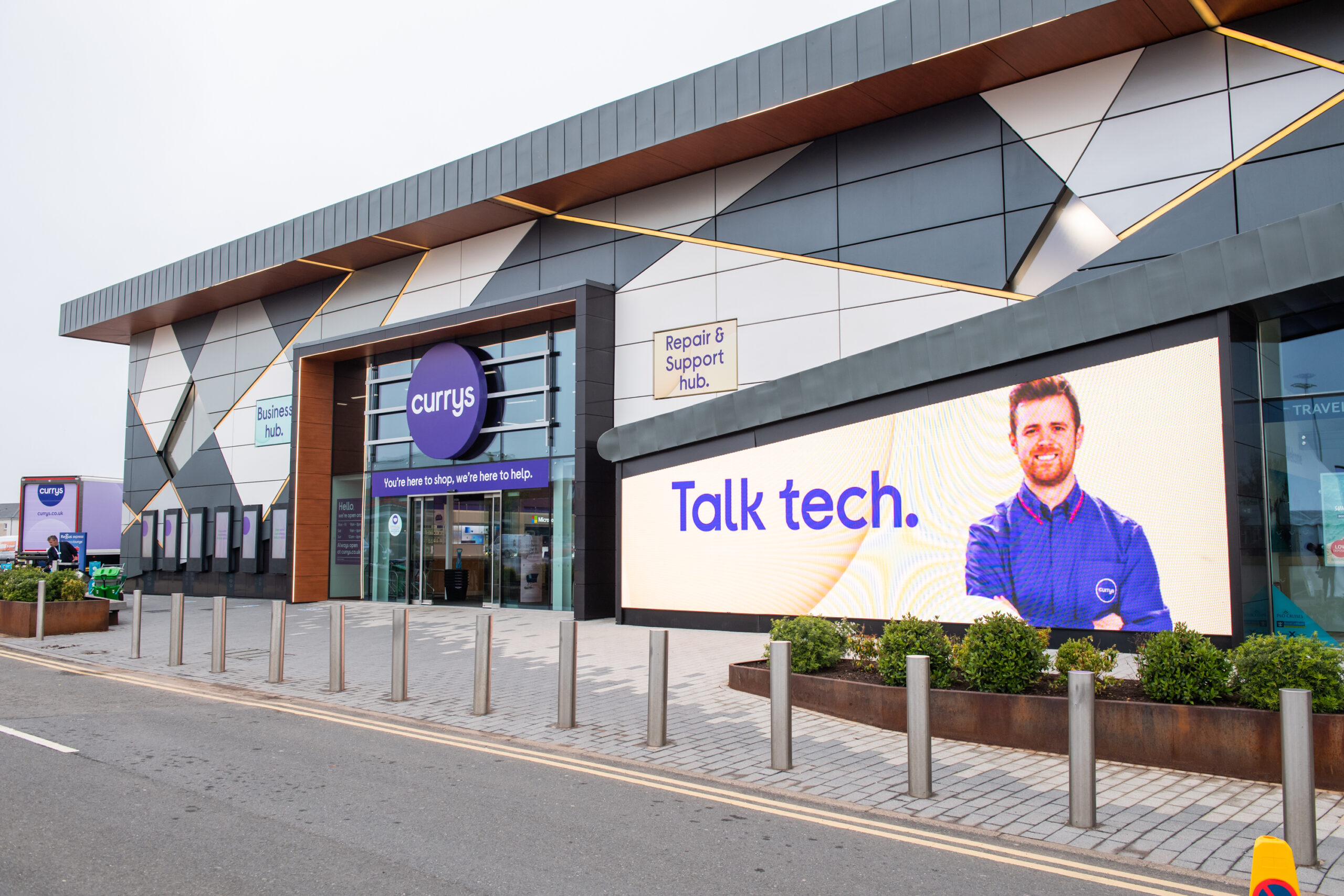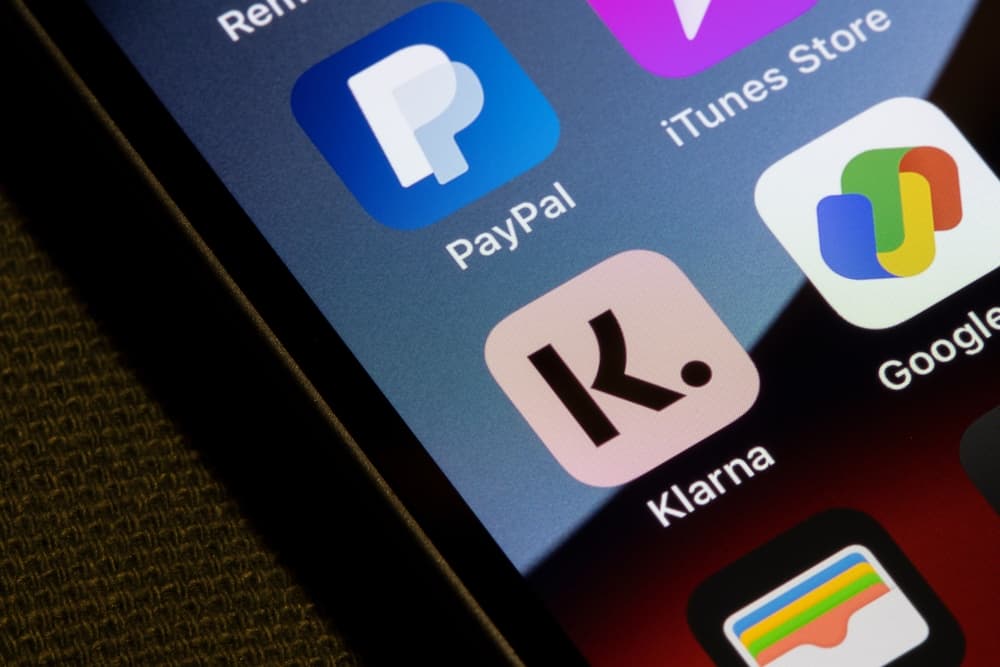It’s hard to imagine a time when you couldn’t find a 32,000 square metre Ikea store in trading parks across the UK and Europe. Ikea’s now megalithic size – 287 stores in 26 countries with annual revenues of more than €25bn – belies the brand’s humble origins. Its first store in Sweden in 1956 was a mere 6.5k sqm in size, in contrast to the sprawling stores we now know and love. Or hate. Depending on your age, gender and attitude to Swedish meatballs.
Ikea’s innovative and disruptive approach challenged established players and, you could argue, created a change in consumer behaviour. Whereas generations before ours would have measured the time for re-decorating in decades, companies like Ikea, with an affordable and yet aspirational product set, have changed this philosophy by offering innovative, functional, well designed products and at low prices; this has been a real game changer in the home decoration market.
The format of an Ikea store is at the heart of the proposition. Not only can you buy a fitted kitchen but you can also furnish it too with everything from crockery to tea towels and an abundance of tea lights. The customer journey around the store is a master class in managing the flow of customers, ensuring that most visitors see the full range available through a series of well-devised living spaces while being prompted to make incidental purchases along the way. For the first time visitor, the natural flow from room to room is brilliant for inspirational browsing, for the repeat customer however, who wants to be in and out and is focused on a single product mission, it can be extremely frustrating.
The introduction of large restaurants and children’s play areas positioned Ikea as a first mover in combining store with leisure destination even if they never became go-to entertainment destinations.
When it comes to multichannel, the dominance of the store has been a barrier and strategically Ikea still believes primarily in the store model, intending to double the number of UK stores.
Like the in-store offer, Ikea’s digital experience is sometimes excellent but can be disjointed and frustrating. One of the challenges is that life-style based buying, built around room sets, lends itself well to the physical environment but when transferred online relies on large scale budgets, typically associated with high-end, brand based retailers that are able to use digital real estate to sell the dream rather than the product.
The web experience does boast some good tools: the planners for kitchens, storage and bookcases do the job you need them to and assist the self-serve process for some complex products. The ask-Anna avatar is another good feature that quite literally – helps. When it comes to home delivery though only 6,000 products are available and the order-to-collect offer is patchy with the user interface doing little to help communicate what is available and where.
The Ikea app enables customers to download the latest catalogue as well as range specific catalogues but as a printer of 211m catalogues a year Ikea is a long way from replacing the printed version. The digital companion lacks a joined-up experience but it’s a good start allowing for stock checks and list building. To complete a purchase the user is sent to a browser, providing the product is one of the 6,000 available to buy online.
The 2013 US catalogue combines print and digital, bringing room sets to life through the use of augmented reality. This sort of technology seems made for catalogue retailers and it will be interesting to see if Ikea can make it pay, as well as fit the model. For a low price, low margin retailer, this sort of technology can feel cost prohibitive in its early stages and potentially never really costs in.
The key to the company’s successful international expansion is a replicable, profitable and in-demand model that has been the nirvana for expansive growth. However despite the existence of a website, home delivery, order in-store and mobile apps, Ikea still feels like a store-with-a-website retailer. With online sales increasing 25% year-on-year in 2012 and clearly established customer expectations in the UK, European and US markets, this will inevitably change over time.
Scoring
The simple scoring from Transform is based on whether or not five services are offered by the retailer with a score of 0 for no and 5 for yes. On this basis, Ikea scores 25/25.
Collection in-store: Yes, but limited
Mobile app: Yes, but not transactional
Mobile web: Yes
iPad app: Yes
In-store tech: Yes
Emma Robertson, Managing Director, Transform






